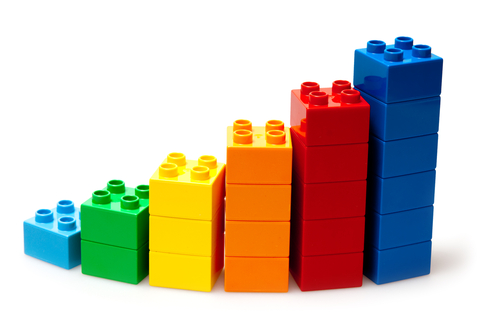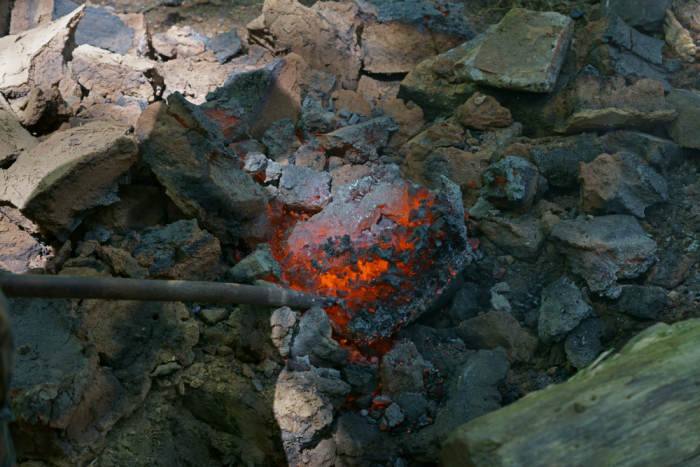You use so many different things every day and they are made out of an enormous range of different materials.
Some of those materials can be changed by heat.
Sometimes it might be a lot of heat; sometimes it might be just a little bit.
Sometimes the materials change back when they cool down; sometimes they stay the same.
Here are some plastic building bricks:

If they're heated, they will melt, but ... how much heat? A warm room? A log fire? A furnace?
Your experience tells you that plastic needs more than just a warm room to make it melt - for example, you wouldn't want to put them on a hot electric hob!
If they melt, once they're cooled down, will they turn solid again or stay melted?
Again, your experience of melting tells you that once cool, they turn solid again - just not in the same shape!
That process is called freezing - a word you associate with 'cold' but, in fact, it simply means a liquid cooling down and turning into a solid.
Get this: molten lead freezes at 327oC! (Just stop and think about that for a moment!).

One further thing: if the plastic bricks end up in the fire, they will not simply melt - they will burn.
Now they're not plastic any more - black smoke, sticky black substances - burning is different to melting as the substance being burnt turns into something completely different.
.jpg)
In this activity, we'll think about different materials and what we know about them.
We can use that to help us to decide how the materials will change when heated.
Are you ready to begin?


